Optimal Timing for Squirrel Removal

Spring sees increased squirrel activity as they search for nesting sites and food sources.
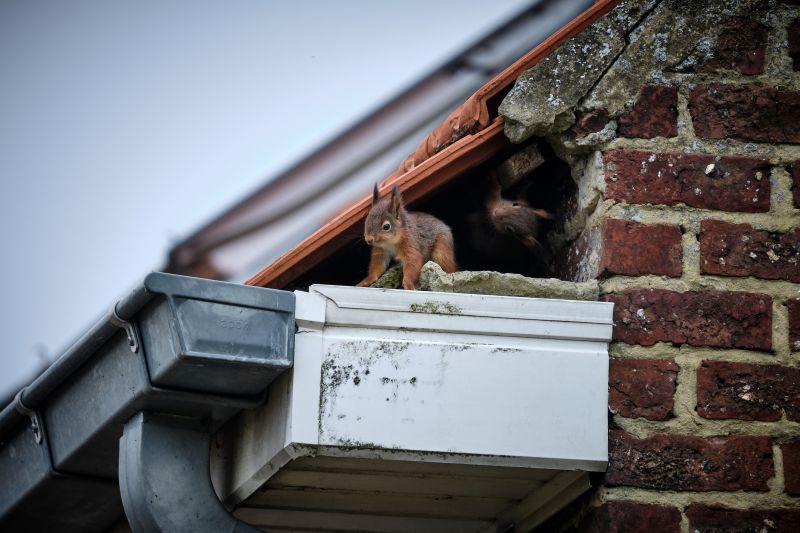
Summer months can lead to more squirrel intrusions due to abundant food and nesting opportunities.

Fall is a critical time for squirrel removals as they seek shelter for winter and may cause damage.
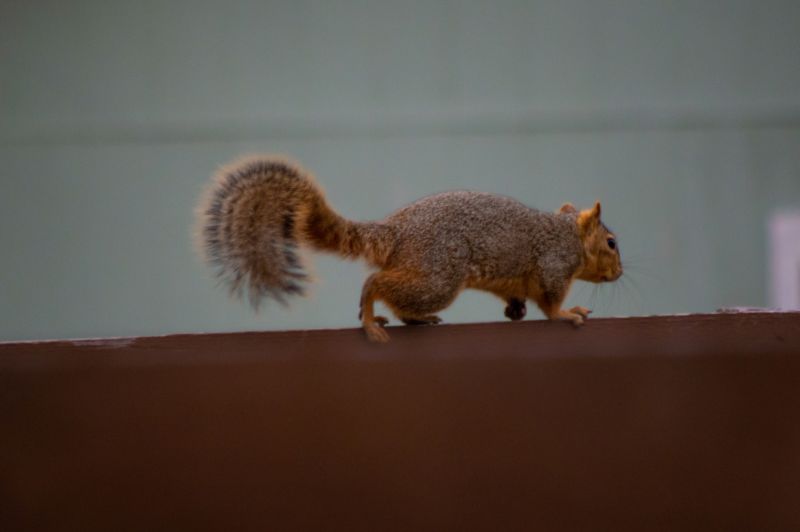
Ways to make Squirrel Removals work in tight or awkward layouts.
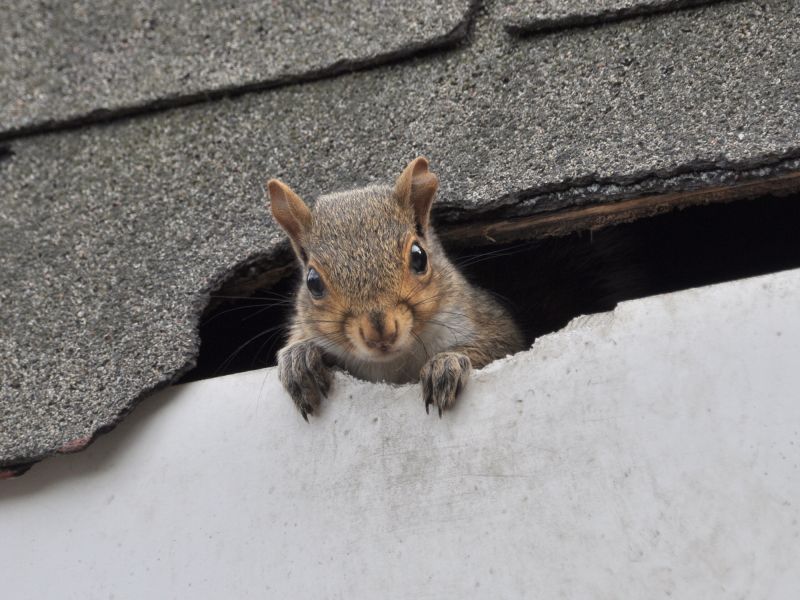
Popular materials for Squirrel Removals and why they hold up over time.

Simple add-ons that improve Squirrel Removals without blowing the budget.
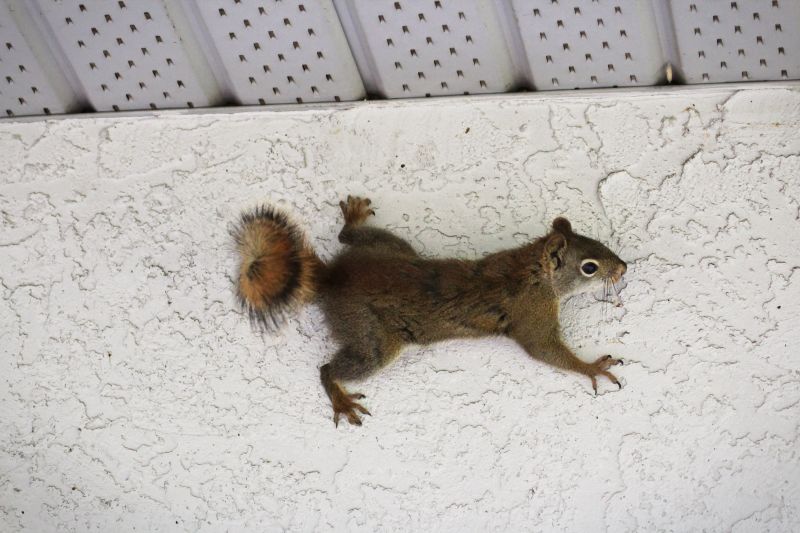
High-end options that actually feel worth it for Squirrel Removals.
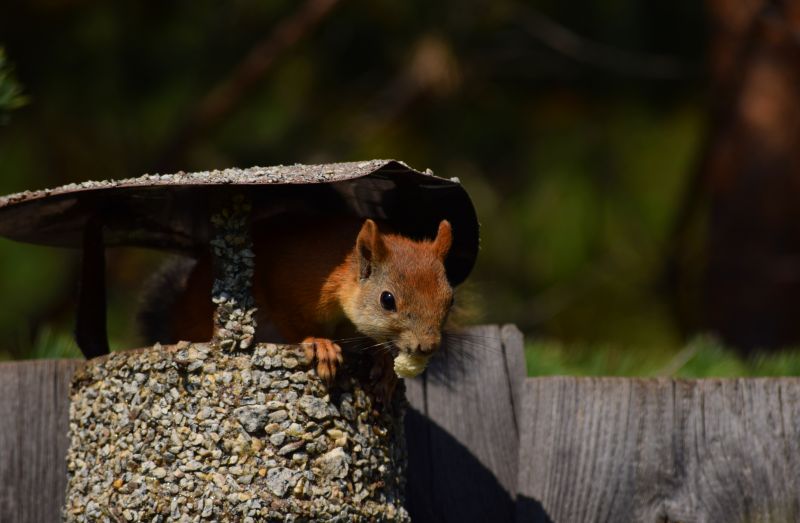
Finishes and colors that play nicely with Squirrel Removals.
Squirrel removals are most effective when timed according to seasonal behaviors. During spring, squirrels are actively building nests and searching for mates, making it an optimal time to address entry points before populations grow. Summer months often see increased nesting activity, which can lead to more frequent intrusions if not managed early. In fall, squirrels prepare for winter by seeking shelter, increasing the likelihood of entering attics, walls, and other structures. Timely removal during these periods can prevent extensive property damage and reduce health risks associated with squirrel droppings and parasites.
Understanding seasonal behaviors helps determine the best removal timing to prevent infestations.
Early intervention during peak activity periods minimizes property damage and pest issues.
Addressing entry points before squirrels establish nests reduces the need for repeated removals.
Timely removals help mitigate health risks from droppings and parasites carried by squirrels.
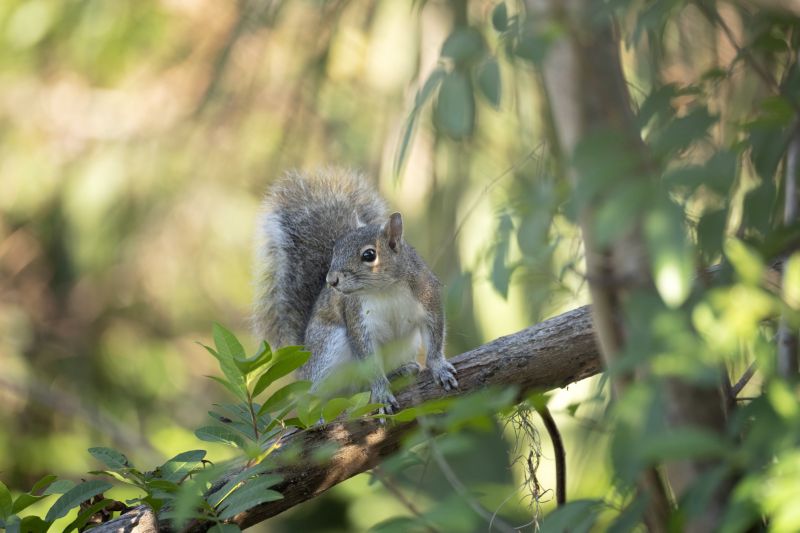
Identifying and sealing entry points is crucial before peak activity seasons.
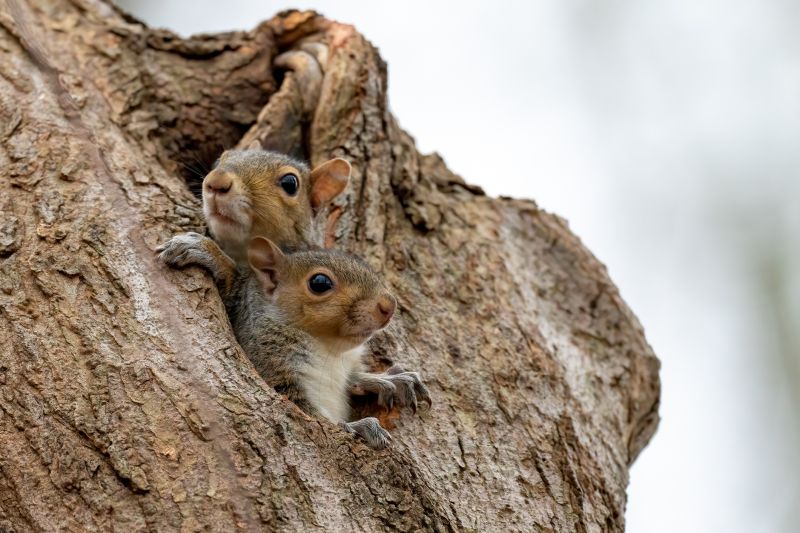
Common nesting areas include attics, chimneys, and wall voids.
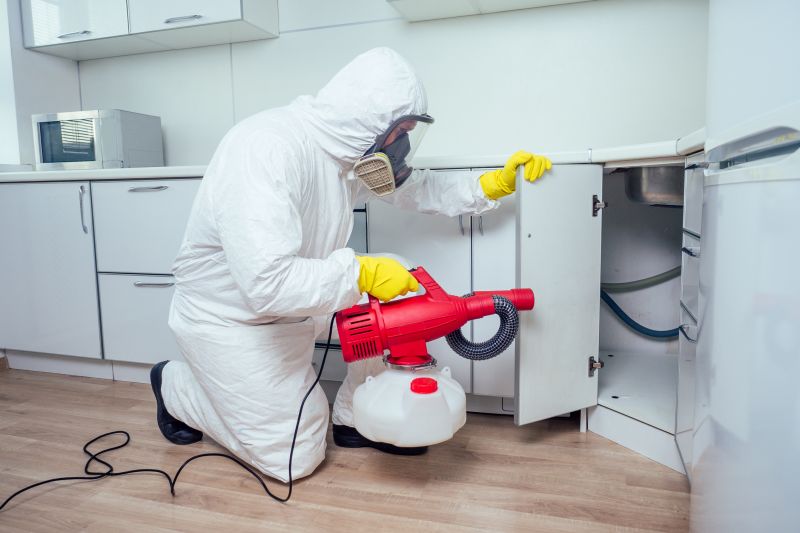
Early removals prevent structural damage caused by gnawing and nesting.
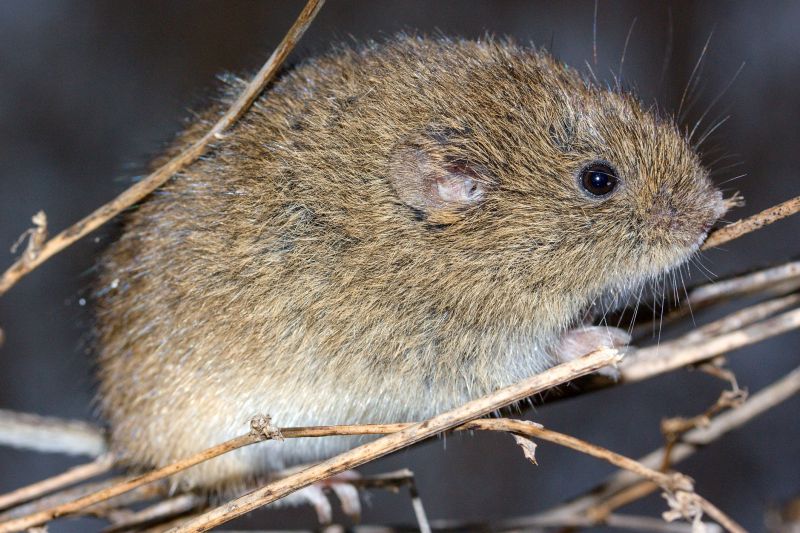
Removing squirrels promptly reduces exposure to parasites and droppings.
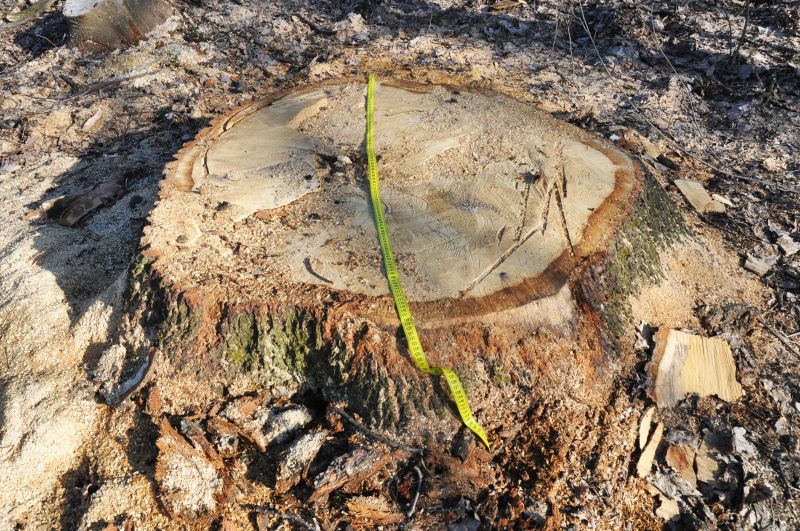
Little measurements that prevent headaches on Squirrel Removals day.
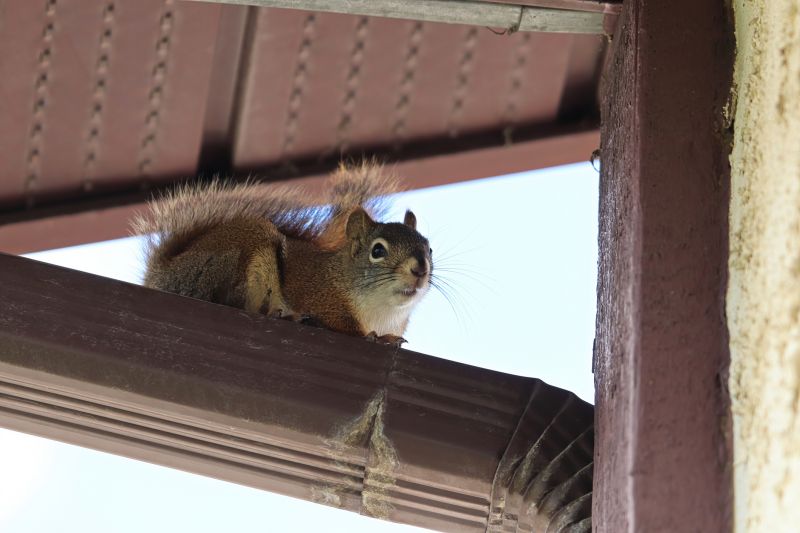
A 60-second routine that keeps Squirrel Removals looking new.

A frequent mistake in Squirrel Removals and how to dodge it.

Small tweaks to make Squirrel Removals safer and easier to use.
| Season | Best Time for Squirrel Removals |
|---|---|
| Spring | Before nesting begins, typically early spring |
| Summer | During peak nesting activity, mid to late summer |
| Fall | Early fall, before squirrels seek winter shelter |
| Winter | Generally less effective, but possible for ongoing issues |
| Year-round | In case of urgent infestations or damage |
Squirrel removal timing is critical for effective management and property protection. Understanding their seasonal habits allows for strategic intervention, reducing the likelihood of damage and health concerns. Professional removal methods ensure that squirrels are safely and humanely relocated, and entry points are properly sealed to prevent future issues.

Sealing entry points before squirrels establish nests helps prevent infestations.
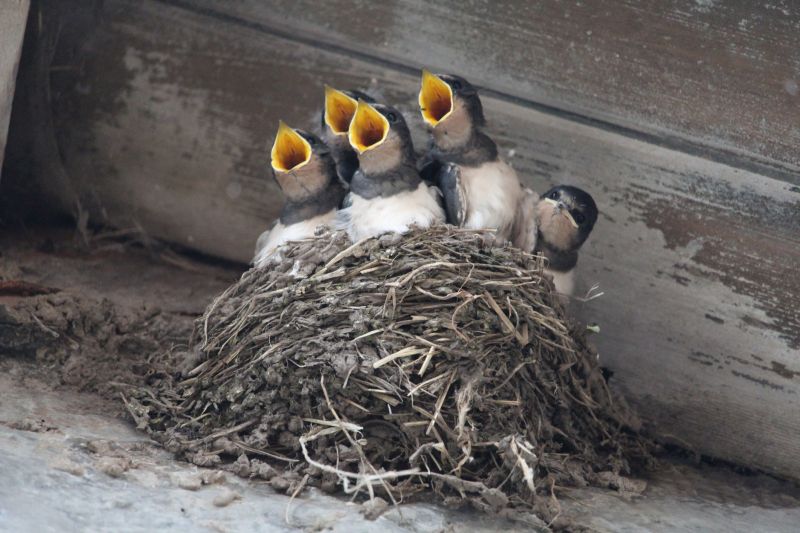
Identifying common nesting locations aids in targeted removal efforts.
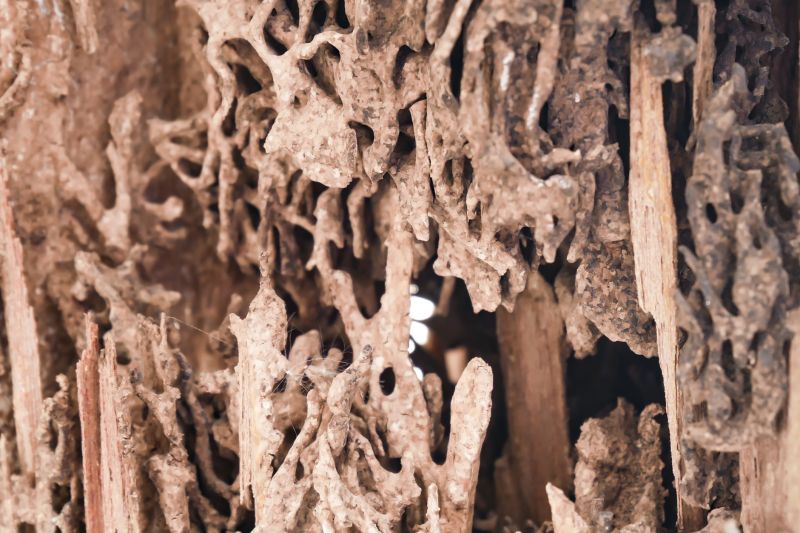
Addressing issues early minimizes costly repairs caused by gnawing and nesting.

Lower-waste or water-saving choices for Squirrel Removals.
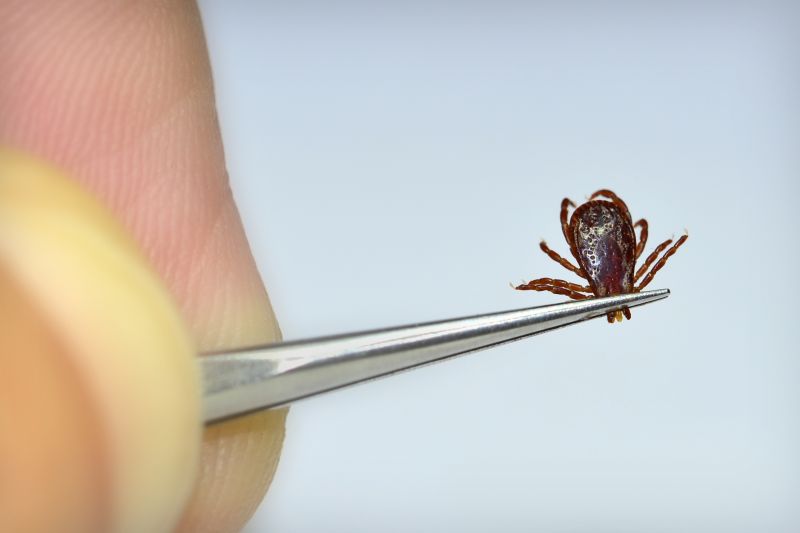
The short, realistic tool list for quality Squirrel Removals.
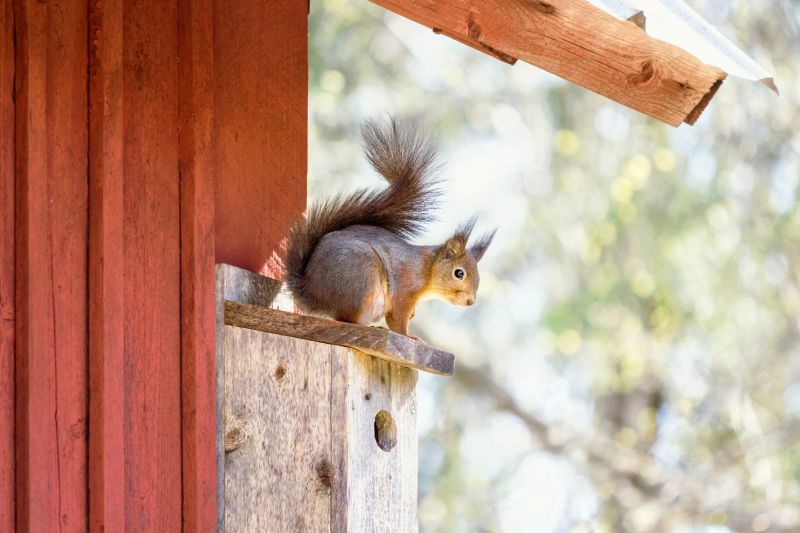
Rough timing from prep to clean-up for Squirrel Removals.
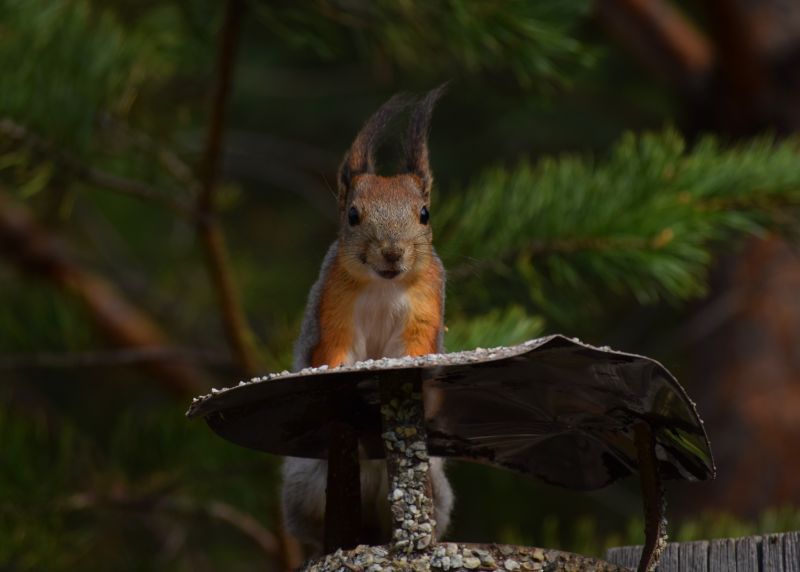
Quick checks and paperwork to keep after Squirrel Removals.
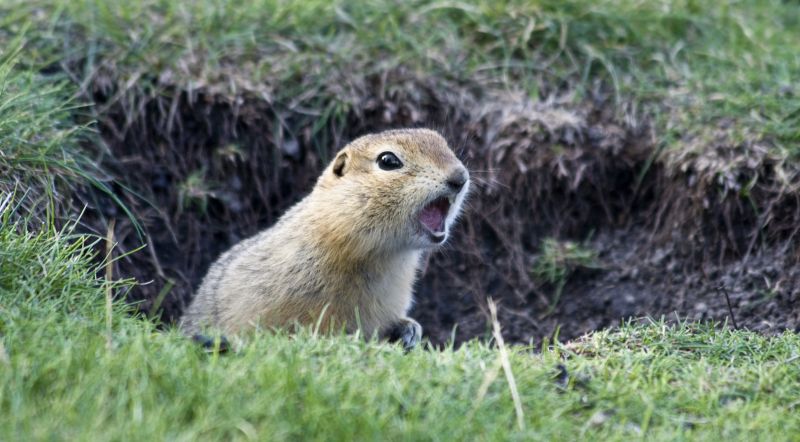
Examples that show the impact a good Squirrel Removals can make.
Timely squirrel removals are essential for maintaining property integrity and health safety. Recognizing seasonal behaviors and acting accordingly ensures that infestations are managed effectively and efficiently.



